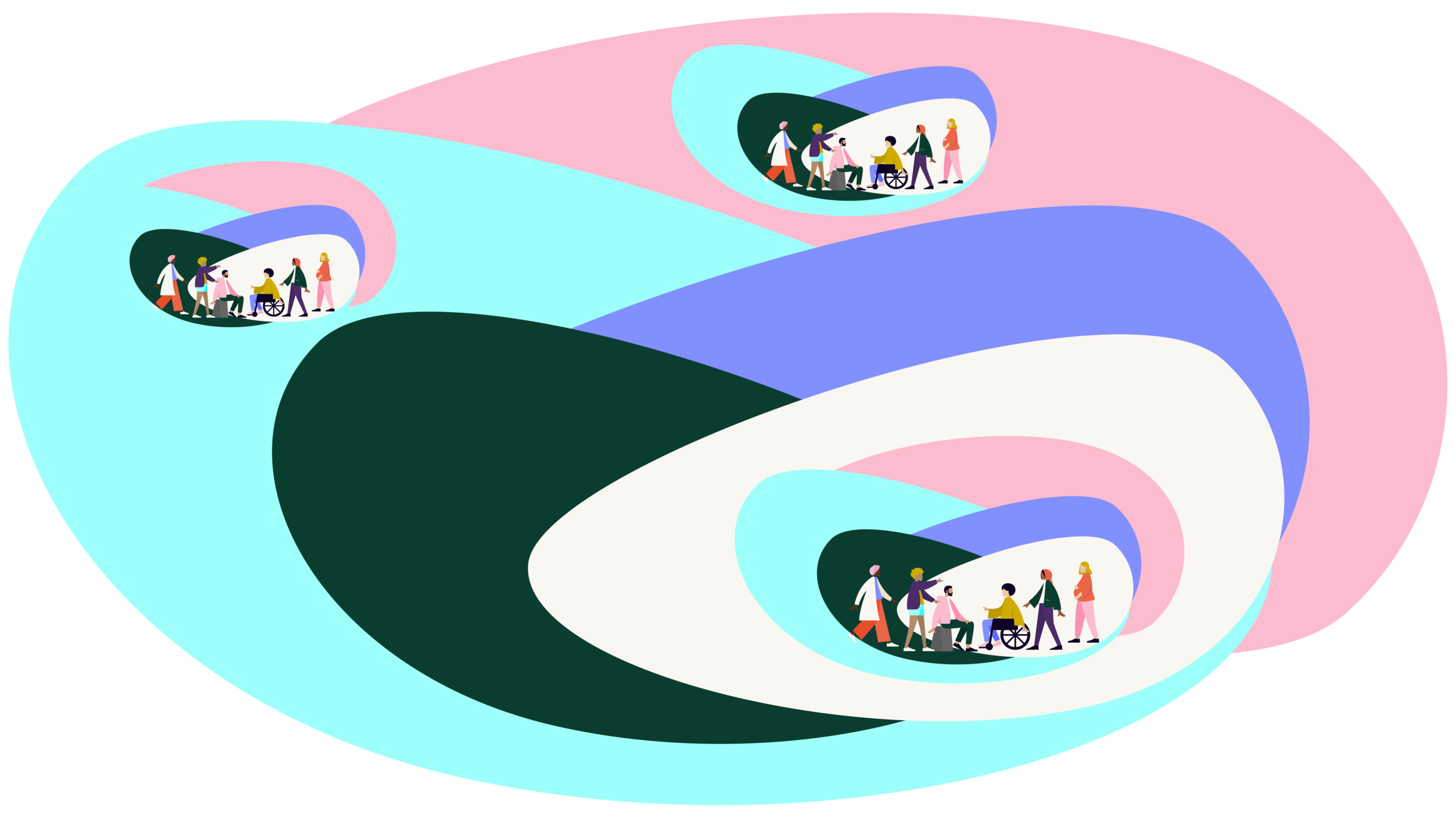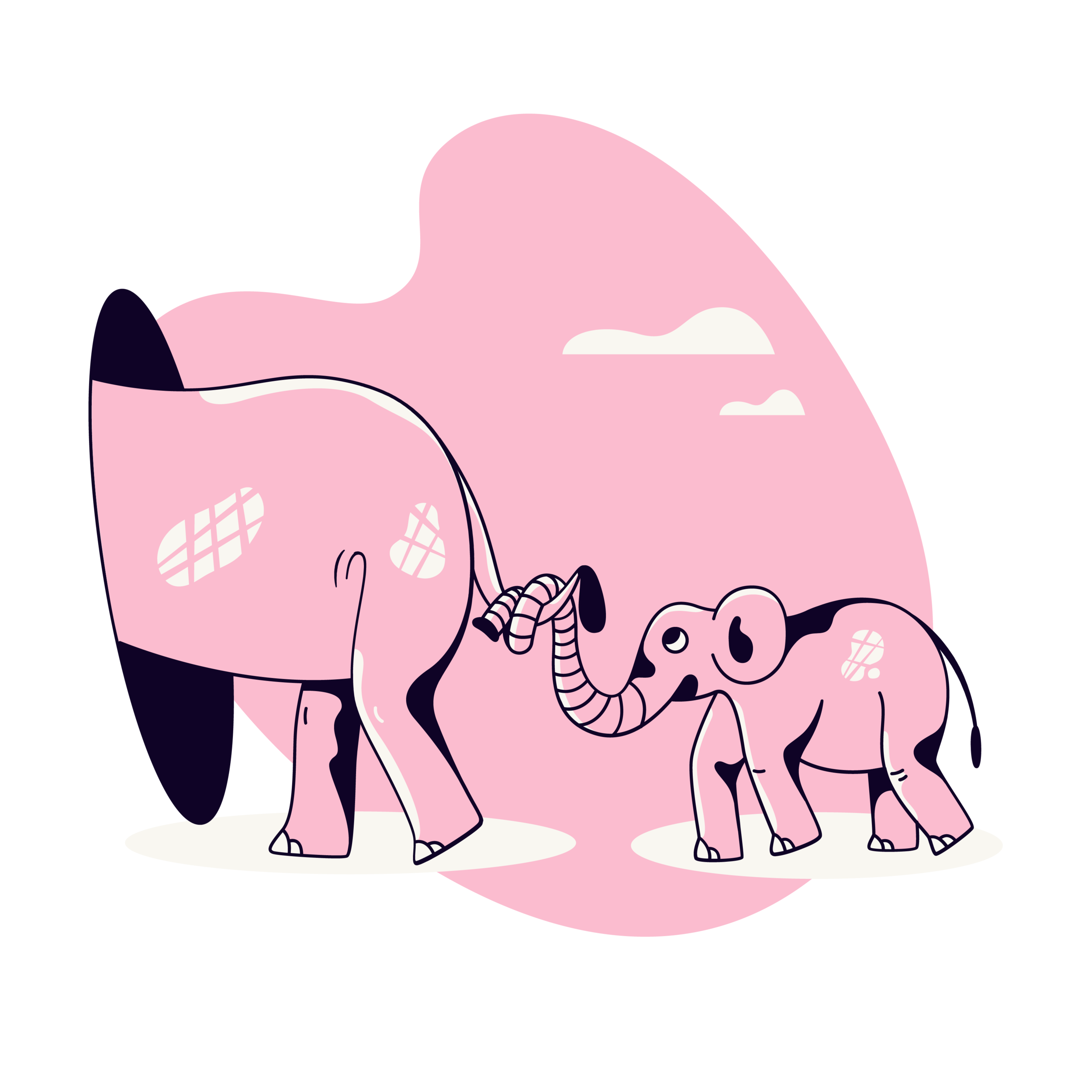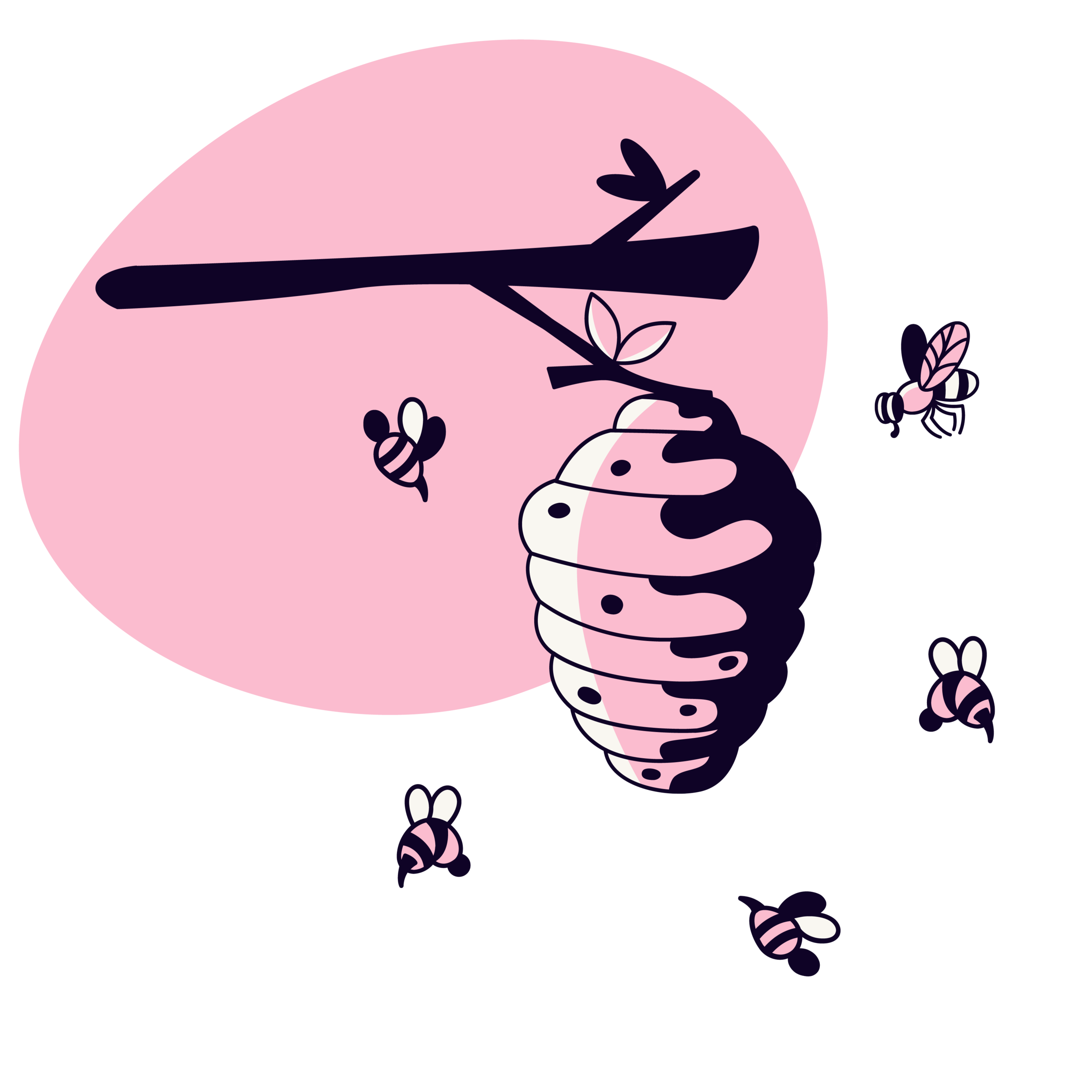In many Native cultures, there is no word for poverty.
The closest translation is “people without family.” What if our neighborhoods could truly be a family?
How GatherFor Works
Our Beliefs
Start with belonging.
One of the models that has inspired GatherFor comes from Thread, a nonprofit operating in Baltimore. Thread’s model matches a team of up to five adult volunteers with a freshman student performing in the bottom quintile of their class. Many of these young students hail from low-income neighborhoods with no more than a 6% high school graduation rate. The odds seem stacked against these students but Thread’s offering is simple: unconditional support, 24/7, for ten years, provided by a team of people who serve as a “family” for the student. And they deliver on it. After having operated deeply with several hundred students, they’ve seen a 92% graduation rate among the students they’ve worked with. The results defy much of the traditional hypotheses around what’s needed. “If you address the issue of social isolation,” CEO Sarah Hemminger says, “everything else takes care of itself.” Her conviction inspired us at GatherFor to wonder: what happens if we start with belonging? Not job training or policy change (though those might be important as well), but first with belonging.
In community, we have everything we need.
According to the common understanding of Maslow’s Hierarchy of Needs, each person must first meet their basic needs before concerning themselves with belonging. But this interpretation stands in contrast to the teachings of the Siksika (Blackfoot) people, whose way of life influenced Abraham Maslow himself. In their paradigm, we are born into community, whose primary job is to keep us safe and ensure we can meet our basic needs so that we can express our gifts in service of our world. Their world view begins with belonging, as the means through which we meet our needs (read more in our blog here).
Instead of living as though we must each “pull ourselves up by our bootstraps”, we aspire to return to the way of life practiced by the Siksika and many Black, Brown, and Indigenous communities for thousands of years that sees community as the means through which we achieve our holistic well-being.
The people closest to the problem are closest to the solution.
Here’s a story that inspires us: Thailand’s government set an ambitious target to reduce homelessness and hired McKinsey to help them deploy a strategy to meet their goal. After several years, McKinsey's approach showed no visible result. Meanwhile, unhoused people living in the slums of Bangkok devised affordable housing schemes that worked well enough to capture the Thai government's attention. Inspired, the Thai government decided to scale the approach developed by these unhoused people to 300 slums across the nation, contributing to a reduction in urban poverty from 39% to 9% between 1990 and 2010 (read more here). We've lived in a world that overvalues outside expertise and underestimates the wisdom of people who live intimately with particular challenges. When we resource them to deploy their own gifts and creative solutions, the results are remarkable.
As such, rather than focusing on connecting communities to social workers or public benefits (which we may do as a bridging measure at times), our ultimate aim is to work with communities in building their own power.
Reciprocity matters more to us than deciding who is deserving.
Many of the systems we’ve developed (public benefits, college admissions, etc.) focus first on determining who is "deserving" and who is "undeserving". This comes from the presumption of scarcity: we don’t have many resources so we need to allocate them most effectively. Often, it’s a small number of people without personal relationship to a particular challenge or experience who decide who is deserving across large groups of people.
What if instead, we said to people, “if you commit to supporting others in this community, we’ll commit to supporting you”? We operate this way, focusing on inviting new Neighbors into reciprocal support rather than verifying whether or not they meet qualification criteria.
Absolutely adorable illustrations by Ivan Haidutski.
GatherFor Founder
Teju Ravilochan
Hi there. These bios normally describe past work experience. But I’d rather use this space to tell you that for years, I’ve been wrestling with the American Dream — especially the part that tells us we should all be self-made. My parents immigrated to the US from India with $200 in their pockets. And yes, they did work very hard. Though my father was trained as a doctor, he worked at a factory and as a DJ to get by before he was able to get a full-time job in the US. My parents might not have been able to navigate life in a brand new country if my Uncle Suresh hadn’t given them a place to stay in Cleveland when they first arrived. They might have run out of the money to stay if a kind stranger named Dr. Bob Selker had not met my dad and then made a call that landed him his first job as a resident at a hospital in Denver. They may have had to make choices between housing payments and other needs if they hadn’t qualified for affordable housing, which meant they were able to buy a home in 1988 with a $500 down payment.
You could look at my parents and think: “wow, they ‘made it’ even though they started with nothing! It’s the classic American story!” But that’s not the whole story. The whole story includes countless acts of community and kindness supporting their settling in the US.
My life is no different. For example: when this pandemic hit, I was mid-transition without a job and a place to live. My parents were there for me, and I stayed with them for several years been staying with them since COVID-19 began.
What if my parents hadn’t had the support they received? What if I hadn’t? For millions of people in the US right now, that “what if” is real life right now. And I believe that is at least in part due to the “make it on your own” story deeply rooted in the American Dream.
What if we decided it was time to tell a different cultural story? What if our neighborhoods were organized around the simple premise that “whoever you are, we’ve got your back”? What if we came to believe “I flourish when my neighbor flourishes”? This is the living inquiry at the heart of GatherFor. And we hope to explore it together with you.
GatherFor: Stories













As the Delta Variant surges, the eviction moratorium and federal unemployment assistance are winding down. Our Neighbors need support weathering this gap. We’re raising $2,000 for each of the 43 in our pilot and you can help. Read on to find out how.